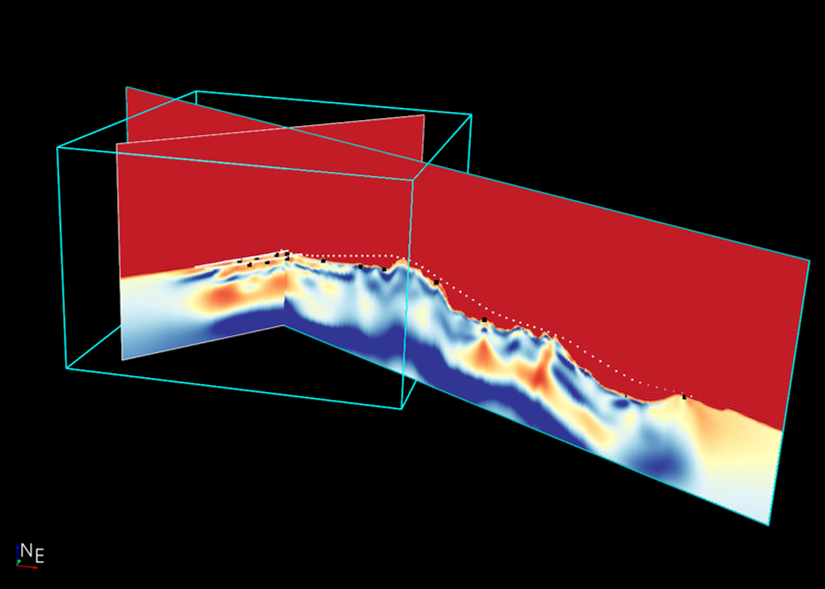Studies and publications
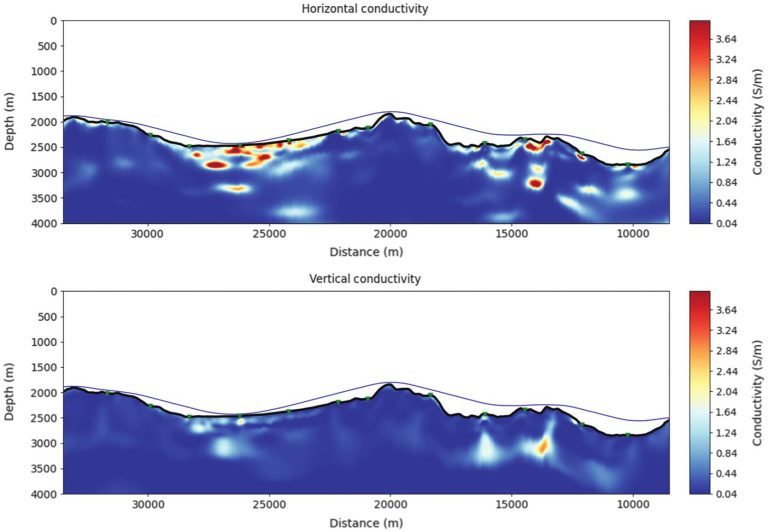
Gauss-Newton Inversion with Node-Based Basis Functions: Application to Imaging of Seabed Minerals in an Area with Rough Bathymetry, Geophysics Volume 89, Issue 1 (2024)
Rune Mittet and Anna Avdeeva
Introduction and validation of a Method applied to synthetic and real electromagnetic data sets with the challenges of variable seabed depth. The real data was acquired over Mohns Ridge. A discussion is provided on the interpretation of these data for an inverse scheme using the transverse isotropy with a vertical symmetry axis approximation. Insights are provided on how to interpret inversion results in the case of marine minerals exploration which differs from a hydrocarbon exploration setting owing to the presence of vertical conductors due to the formation water circulation and vertical resistors due to volcanic intrusions.
Resolving bottlenecks of 3D controlled-source electromagnetic Gauss-Newton inversion
Anna Avdeeva, Rune Mittet, and Ole Martin Pedersen
A new approach to Gauss-Newton optimisation is proposed to solve the three-dimensional VTI-anisotropic controlled-source electromagnetic inverse problem.
Anna Avdeeva presented the new approach at 3DEM-7, The 7th International Symposium on Three-Dimensional Electromagnetics held in Vancouver, BC on 13 – 15 November 2023.

Introduction to CSEM
Kjetil Eide1 and Steve Carter present the latest developments in Marine Controlled Source Electromagnetics.
Marine Controlled Source Electromagnetics (CSEM) is the collective term for techniques that can be used to investigate the geological subsurface using electromagnetic signals gener-ated by artificial and controllable source systems operated in a marine setting.
Monitoring geological storage
of CO2:
a new approach
Manzar Fawad1 & Nazmul Haque Mondol
Geological CO2 storage can be employed to reduce greenhouse gas emissions to the atmosphere. Depleted oil and gas reservoirs, deep saline aquifers, and coal beds are considered to be viable subsurface CO2 storage options. Remote monitoring is essential for observing CO2 plume migration and potential leak detection during and after injection.


Vertical dipole CSEM: 3D acquisition and data impact from infrastructure
Kjetil Eide presents improvements to the method and a 3D field data example.
Marine CSEM methods for subsurface investigations were developed nearly 30 years ago (Cox, 1981), and have found extensive applications within the offshore hydrocarbon exploration industry over the past 15 years (e.g. Constable, 2010).
Vertical dipole CSEM: technology advances and results from the Snøhvit field.
Stefan L. Helwig, Abdul Wahab El Kaffas, Terje Holten, Øyvind Frafjord and Kjetil Eide present the ‘vertical–vertical’ approach to marine controlled source electromagnetic surveys and discuss its potential benefits compared with conventional horizontal dipole methods.
Since its first test survey over the Troll field in 2006 the time-domain, marine, vertical source, vertical receiver method has seen dramatic improvements in signal to noise ratio and is emerging as a tool for high quality CSEM measurements. While in theory it is evident that the vertical electric field is highly sensitive to thin resistive structures, requirements on the equipment, especially on the verticality are not easy to meet.
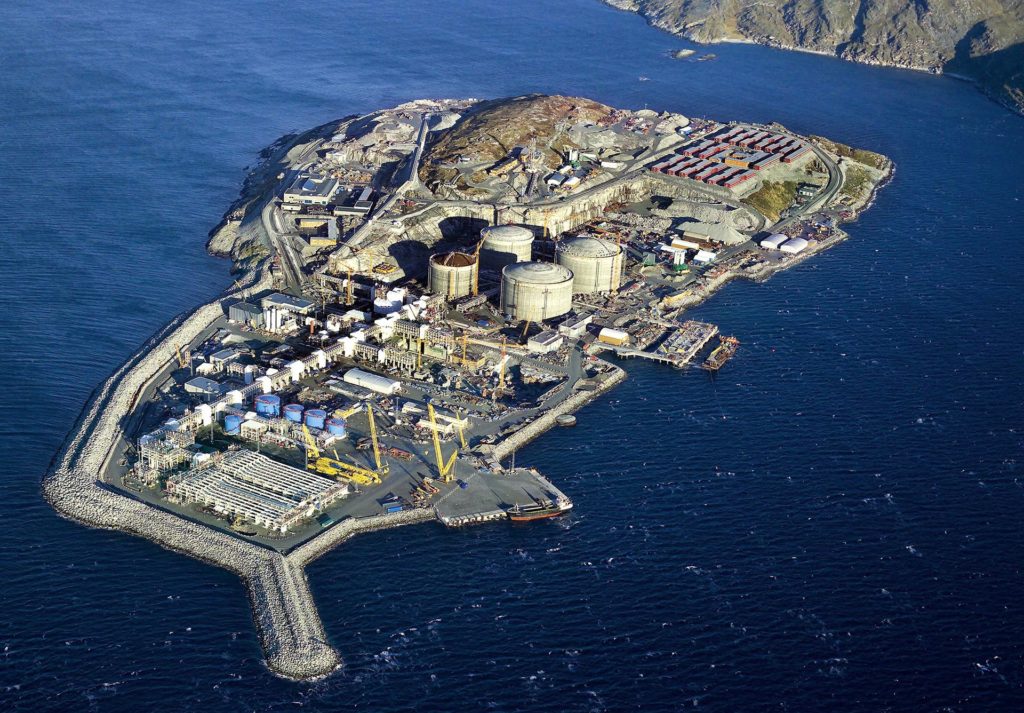
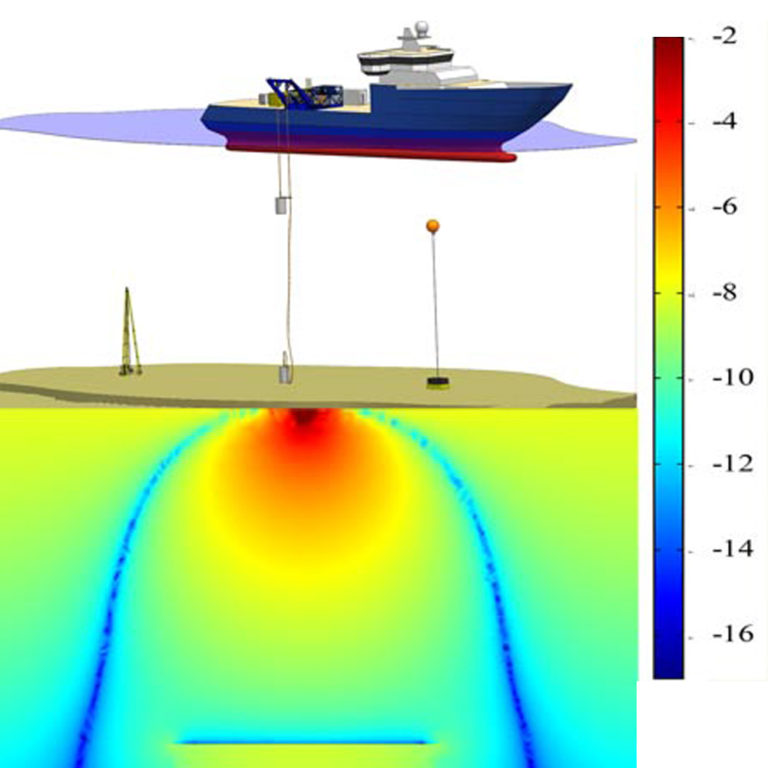
Vertical source, vertical receiver, electromagnetic technique for offshore hydrocarbon exploration.
Terje Holten, Eirik Grude Flekkøy, Bension Singer, Erik Mårten Blixt, Alfred Hanssen and Knut Jørgen Måløy, outline an electromagnetic method for detection of hydrocarbons offshore which differs in some notable respects from the currently established marine controlled source EM technology.
We present and discuss the properties of a time-domain CSEM (controlled source electromagnetic) technology that utilizes vertically oriented transmitters and receiver antennas. The data are recorded in transient mode, wherein voltage time-series are recorded after transmitter switch-off. A square pulse with an alternating polarity is followed by a silent period in which the response is measured.
The response curves from many pulses are averaged in order to reduce noise, and then binned into time windows.
Comparison of the low-frequency variations of the vertical and horizontal components of the electric background field at the sea bottom
Eirik G. Flekkøy, Endre Håland, and Knut Jørgen Måløy
Natural electric field variations are measured at the sea bottom over long periods of time by means of stationary, vertical, and horizontal galvanic antennas. We compare the power spectra of the vertical and horizontal field components and the extent to which they may be reduced by standard averaging techniques. Although the raw spectra of the vertical and horizontal components do not differ greatly, the difference in the spectra after averaging is significantly greater.
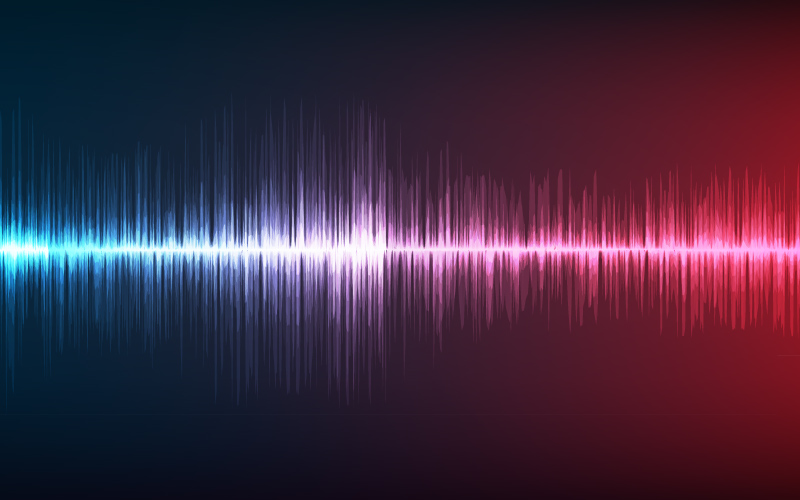

Vertical and horizontal components of the electric background field at the sea bottom
Endre HМland, Eirik G. Flekkøy and Knut Jørgen Måløy.
The natural E-field variations are measured at the sea bottom, and the magnitude of the different field components are compared and discussed in the light of the theory for induction caused by ocean surface waves. At shallow sea depths of 107-122 meters only the vertical component carries an observable effect of ocean waves, while the horizontal field is dominated by the larger magnetotelluric noise. This agrees well with theoretical predictions.
Vertical–vertical controlled-source electromagnetic instrumentation and acquisition
Stefan L. Helwig1, William Wood and Bernard Gloux.
Vertical–vertical controlled-source electromagnetic is an alternative to other techniques for providing three-dimensional resistivity images of the subsurface. It utilizes a large and powerful vertical dipole transmitter and arrays of E-field receivers with vertical and horizontal dipole sensors. The necessary instrumentation and acquisition procedures which differ strongly from other controlled-source electromagnetic methods are described in the paper.

